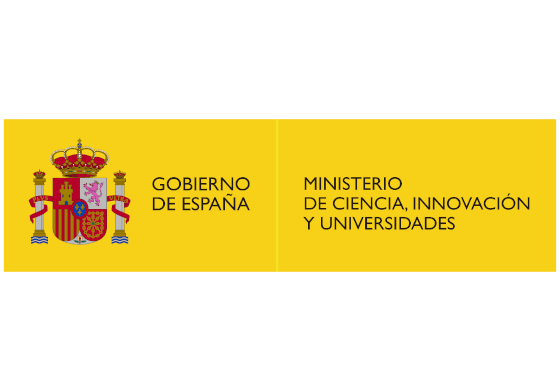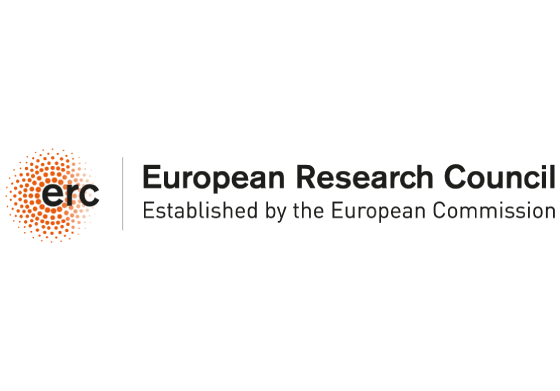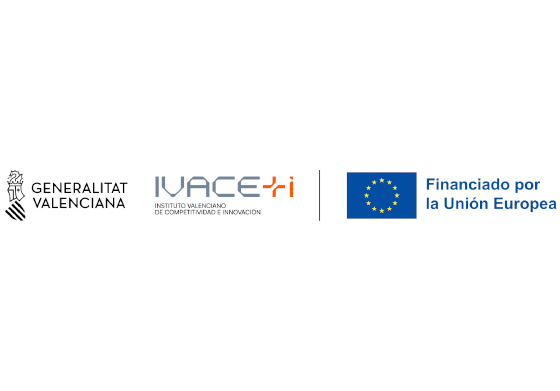Where: Saló d'actes, Escola Superior de Tecnologia
Presented by: Dr. Nishant Singh
Obtaining cheap, clean and renewable energy has become an imperative need in today's world in order to allow us to continue with our rate of consumption without depleting or destroying the planet. The most attractive energy alternative due to its abundance, renewability and absence of toxic waste is solar energy. However, much research remains to be done to find cheap and stable materials that efficiently generate enough electricity from sunlight. Within these future efficient materials, organic materials will play an important role, due to the versatility and ease of processing they offer.
The seminar is focused on the search and study of organic compounds that can be used in the manufacture of highly efficient and stable solar cells. The synthesis of artificial photosynthetic analogues and of discrete molecules for the preparation of both organic and hybrid organic-inorganic solar cells is addressed. On the one hand, the preparation of multichromophoric donor-acceptor systems based on molecules with high molar absorption coefficients and high electronic mobility, such as phthalocyanines (Pcs) and diketopyrrolopyrroles (DPPs) covalently or supramolecularly functionalized on acceptor structures such as perilenediimides, carbon nanotubes, derivatives of graphene and molybdenum sulfide. We will also deal with the synthesis of discrete conjugated donor-acceptor molecules using Pcs and DPPs as starting structures. On the other hand, hybrid organic-inorganic systems will be prepared, in which the inorganic component is semiconducting metal oxides, or perovskites, which will bind to organic molecules of the Pc and DPP type in order to obtain efficient solar cells with a high capacity of light absorption. The synthesis of cheap hole transporting compounds to obtain stable commercial perovskite-type solar cells will also be studied.










